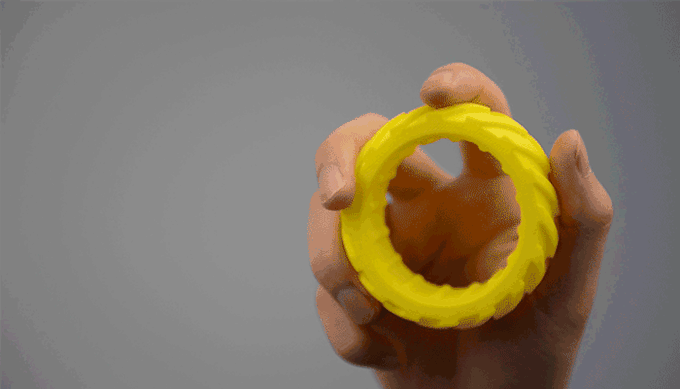Opportunities for vendors and channel partners in the 3D printing space will increase significantly over the next few years, but it’s not just about providing the hardware and consumables.
IDC’s latest “Worldwide Semiannual 3D Printing Spending Guide” report indicated that nearly half of future revenue in the space will come from hardware and materials, but the rest of the revenue will be from related software and services. It’s a significant amount of revenue, too. This year, the 3D printing business is expected to top US$15.9 billion in worldwide revenue. By 2020, IDC expects that figure to be US$35.4 billion. For the record, that’s 24.1 per cent of compound annual growth.
“IDC expects the worldwide 3D printing market to continue its rapid expansion over the next several years, driven by the need to reduce manufacturing cycle times and to reduce prototyping costs,” said Keith Kmetz, program vice president of IDC’s imaging, printing and document solutions research, in a statement. “This growth will be fueled by an explosion of 3D printer manufacturers from around the world, seeking to capitalize on the anticipated growth in this market with faster printers that offer better quality output at lower prices.”
Discrete manufacturing will continue to present the greatest opportunities for partners, with the health care and professional services industries following in second and third place, respectively. IDC noted that the most common use cases this year include rapid prototype printing for automotive design (valued at more than US$4 billion), as well as aerospace and defence parts printing (almost US$2.4 billion). An emerging use case that is presenting new opportunities is dental printing.
“Customer spending on 3D printing capabilities is following the market away from mass market consumer printers towards holistic solutions that enable higher-end — and more profitable — use cases,” said Christopher Chute, vice president of customer insights and analysis at IDC, in a statement. “As the market for printers, materials and services matures, IDC expects new 3D printing capabilities to enable a next-wave of customer innovation in discrete manufacturing, product design, and life sciences.”





